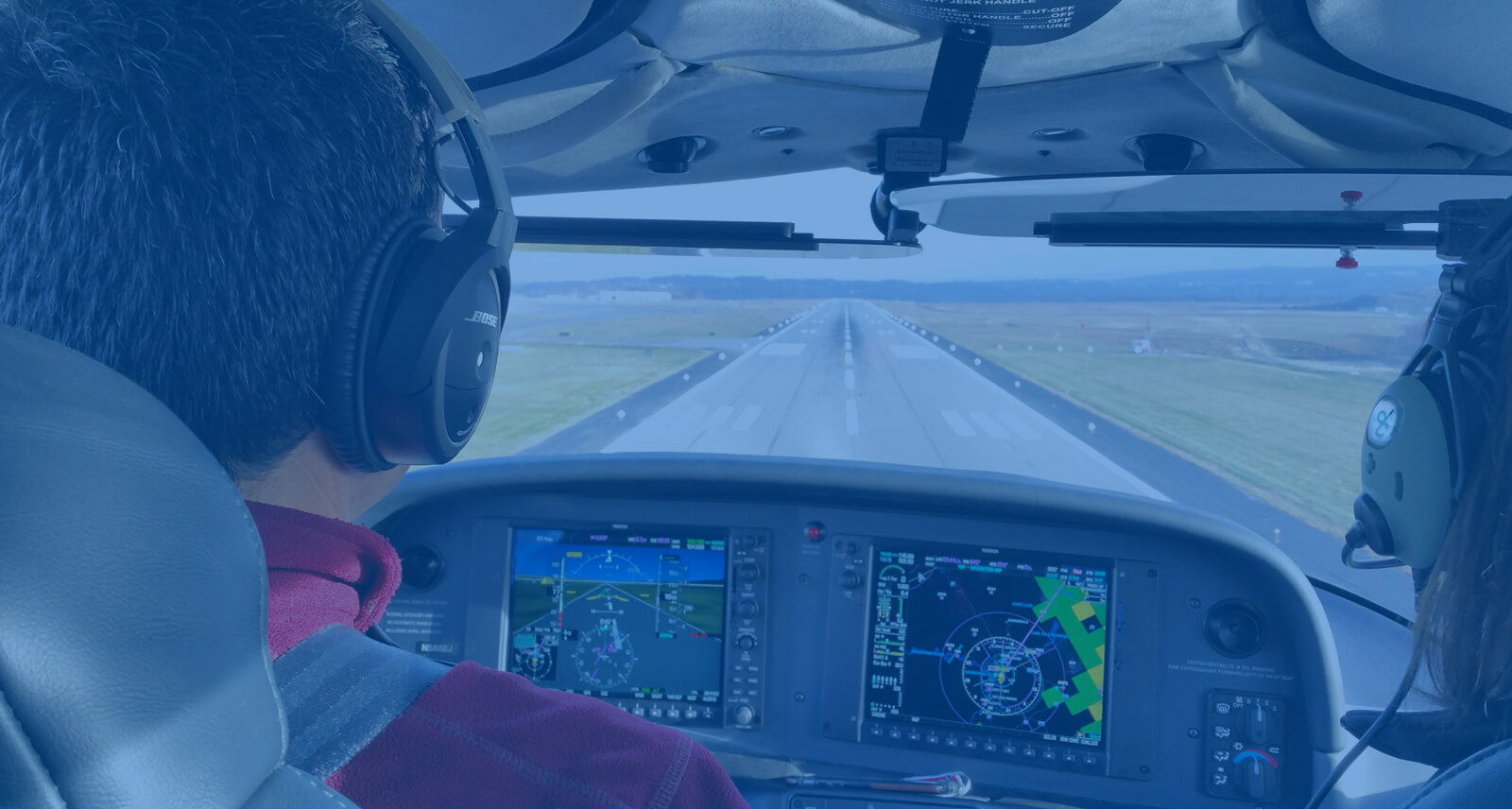How flight training prepares you for various weather conditions

Navigating the Skies: How Flight Training Prepares You for Any Weather
Soaring through the clouds, the sun glinting off the wings, is a feeling of pure freedom. But for pilots, the sky isn’t always a clear blue canvas. Mastering the art of flight includes navigating a wide range of weather conditions, from calm and sunny days to turbulent storms. Flight training plays a crucial role in equipping pilots with the knowledge and skills to handle these challenges safely.
From Calm Skies to Turbulent Storms:
Flight training starts with the basics, teaching pilots about weather patterns, cloud formations, and atmospheric conditions. They learn to interpret weather reports, identify potential hazards, and develop a strong understanding of how weather can impact aircraft performance.
Learning to Adapt:
One key aspect of flight training is learning how to adapt to changing weather conditions. Pilots are trained to:
- Recognize and avoid adverse weather: This includes identifying storms, thunderstorms, fog, and icing conditions that could pose a danger.
- Maneuver in turbulence: Turbulent air can be uncomfortable and even dangerous. Pilots learn to maintain control of the aircraft in these conditions.
- Land safely in low visibility: Dense fog or heavy rain can drastically reduce visibility. Training equips pilots with the skills to land safely in these conditions.
Instrument Flight Rules (IFR): A Vital Skill:
Beyond visual flight rules (VFR), pilots are trained in instrument flight rules (IFR). This enables them to fly safely in conditions where relying solely on visual cues is impossible. IFR training teaches pilots to:
- Navigate using instruments: Utilizing instruments like the altimeter, compass, and autopilot, pilots can maintain course and altitude even when visibility is limited.
- Land with precision: IFR procedures allow pilots to land in challenging weather conditions, using instrument guidance and communication with air traffic control.
- Understand the complex world of weather: IFR training deepens a pilot’s understanding of weather phenomena, allowing them to anticipate and mitigate potential hazards.
Constant Learning:
Flight training isn’t a one-time event. Pilots continue to learn and refine their skills throughout their careers. They participate in recurrent training, stay updated on weather forecasting techniques, and hone their decision-making abilities in simulated weather scenarios.
The Importance of Safety:
Flight training is designed to ensure the safety of passengers and crew. By understanding the nuances of weather and developing the necessary skills, pilots can confidently navigate any weather conditions, minimizing risks and ensuring a smooth and enjoyable flight.
Conclusion:
While the beauty of clear skies is a significant part of the flying experience, mastering the challenges of weather is equally important. Flight training equips pilots with the knowledge and skills to navigate any weather condition, ensuring a safe and successful journey, no matter the circumstances. So next time you take flight, remember the dedication and expertise of the pilots who have honed their skills to keep you safe in the skies, even amidst the most challenging weather.

